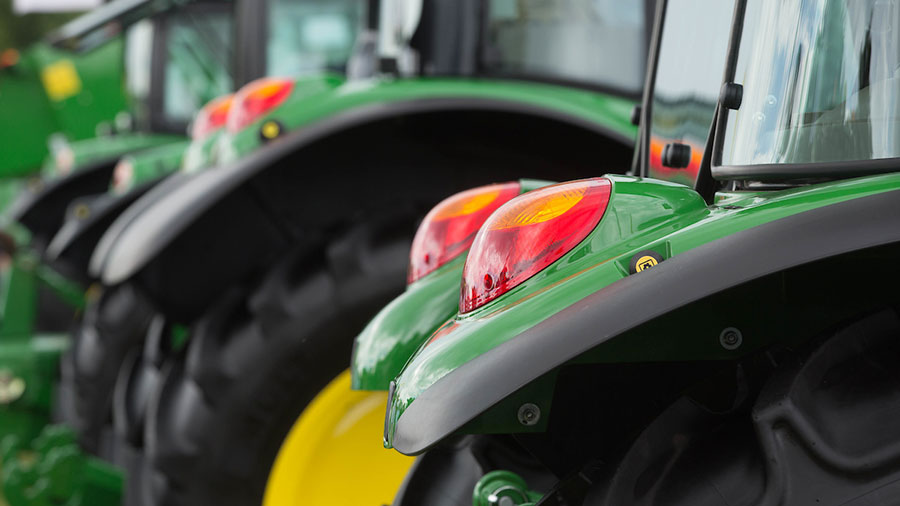Business Clinic: Why are profits up but overdraft is not down?
 © Tim Scrivener
© Tim Scrivener Whether you have a legal, tax, insurance, management or land issue, Farmers Weekly’s Business Clinic experts can help.
Here, Andrew Robinson, partner and head of agriculture at Armstrong Watson, looks at the relationship between accounting profit and cashflow.
See also: Business Clinic: partnership profit sharing tax issues
Q: I have just received a copy of my family partnership accounts to 31 March 2022 which show a better profit than the year before, but the bank overdraft has increased.
Surely if the business is profitable, the overdraft should be reducing?
A: This is one of the most common misconceptions about farm accounts.
There are a number of reasons why accounting profit and cash generated are not the same.
This has always been the case for growing businesses, and is a particular challenge for almost all farming businesses at present due to increased input costs. I will illustrate this issue with a few examples:
1. If the value of stock on hand is higher at the end of the year than at the beginning, this will increase your profit without generating any cash.
The massive increase in input costs seen this year will mean that the value of growing crops or harvested crops will be much higher than last year.
The result is that even profitable businesses may need to have higher overdraft facilities this year to finance these higher costs.
2. The cost of new equipment and buildings are not written off in your accounts in the year of purchase, but are depreciated over their useful economic life.
Few businesses have the ability to purchase new machinery out of annual profits, and it makes sense to spread the cost over the working life of the machine.
Thus a bank loan or hire-purchase agreement that spreads the cost over the same period that the machine will generate income for the business makes more sense.
3. Interest payments on loans are an expense in your profit-and-loss account, but not capital repayments.
Cashflow problems can arise if there are not sufficient profits in the year to cover the capital repayments on bank loans.
When taking out a long-term loan to purchase land or buildings, it is important to spread the repayments over a realistic period of time.
If you choose too short a period, there is a risk that in a year when profits are low or working capital increases there will be insufficient cash when the loan repayments become due.
4. There is a further problem which mainly affects businesses operating through a partnership.
Money taken out of the business to pay for living expenses do not go through the profit-and-loss account, but are shown as drawings in the capital account.
This means that the yearly profit as a minimum needs to be higher than the level of personal drawings taken out each year by the partners in the business.
The position is slightly different if your business operates via a company, where the cost of salaries paid to the working directors is shown in the profit-and-loss account.
In summary, it is crucial to understand what cash your business will generate and what is required to service borrowings and pay bills over the coming year.
Do you have a question for the panel?
Outline your legal, tax, finance, insurance or farm management question in no more than 350 words and Farmers Weekly will put it to a member of the panel. Please give as much information as possible.
Email your question to [email protected] using the subject line “Business Clinic”.
